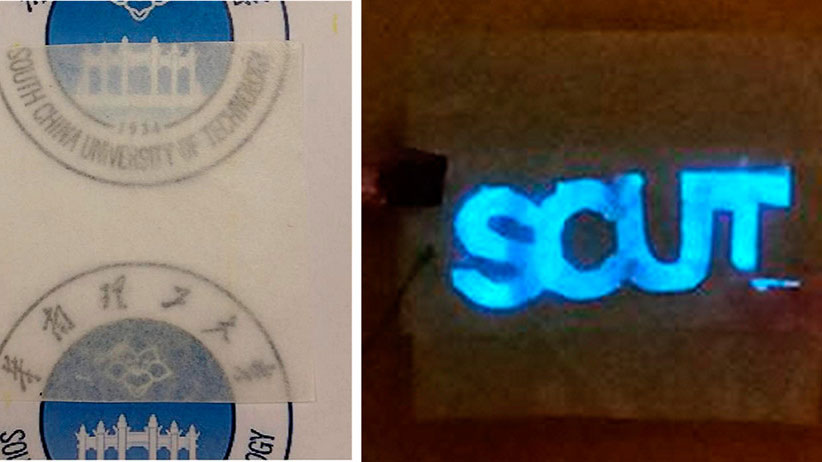Flexible screens could be made of paper
Using the past to power the future

Researchers from the South China University of Technology have published the results of tests using paper as the base for flexible screen technology.
The research paper, published by the American Chemical Society, claims that the technology behind most flexible screen developments at the moment is hindered by price; the technology to make polymer thin film gets prohibitive when scaled up to the levels needed for mainstream production.
Paper, in contrast, is cheap, biodegradable and relatively easy to produce. There’s just one problem: it isn’t conductive. The way the researchers got around this was to coat paper in an ionic gel, which is essentially a gel made from salt in a liquid state.
Mmmmm, salty
The reason why ionic liquids are useful in producing conductive materials is that they're made mostly of ions, an atom or molecule in which the number of electrons is not equal to the number of protons, giving it a negative or positive electrical charge.
Once the paper is coated in the ionic gel, two sheets are used to sandwich a thin film that can emit electricity. When an electrical current was passed through the sheet it lit up, showing conclusively that the paper was now conductive.

The study reported that the conductive paper was pretty durable, “withstanding 5,000 cycles of bending and unbending with negligible changes in performance and lasting for more than two months”.
What’s more, the researchers say the conductive paper would be cheap and easy to produce, at $1.30 per square meter, and could apparently be fabricated at a rate of 30 meters a minute.
Sign up for breaking news, reviews, opinion, top tech deals, and more.
It feels as though we've been on the cusp of flexible screen technology for a long time now. It was back in 2012 that Samsung demonstrated its flexible AMOLED screen, but that technology hasn’t yet found its way into mainstream devices.
The Samsung Galaxy X, the manufacturer’s first flagship flexible handset, hit roadblocks in its production which Samsung now seems to have overcome. We're hoping to see a prototype later this year, and it'll be interesting to see how the company makes the technology work.
Looking further ahead, it'll be equally interesting to see if 'ionic paper' can change the landscape of the foldable screen market.

Andrew London is a writer at Velocity Partners. Prior to Velocity Partners, he was a staff writer at Future plc.